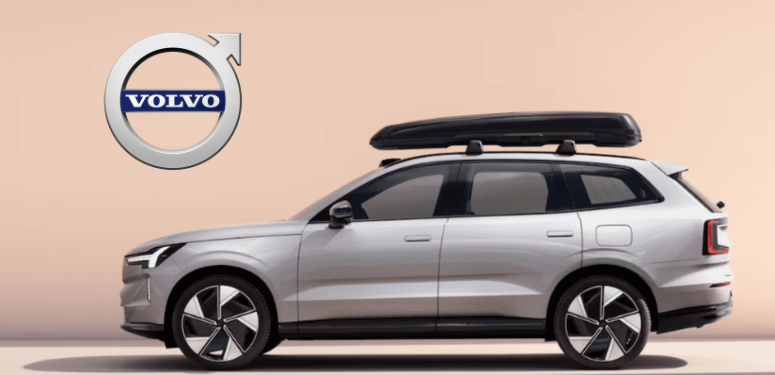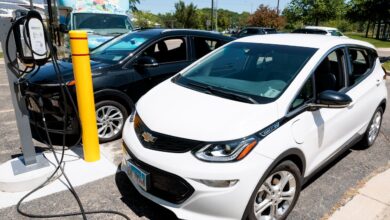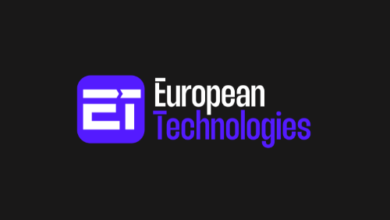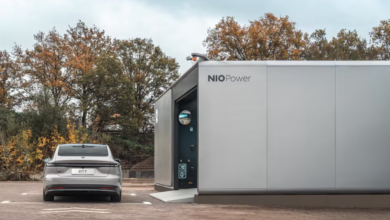EV/AV Report: Electric vehicles get passports; while U.S. researchers propose extra traffic light signaling for autonomous vehicles

Toronto, Ontario — In this weekly electric and autonomous vehicle report, Volvo becomes the first automaker to create an electric vehicle (EV) passport for consumers and regulators; while researchers at the North Carolina State University propose autonomous vehicles could benefit from extra traffic light signalling.
Papers, please
According to Reuters, Volvo cars is set to launch the industry’s first EV passport that will identify a vehicle’s makeup.
Specifically, the passport will record the origins of raw materials, components, recycled content and the carbon footprint for the automaker’s flagship EX90SUV, which is about to go into production.
The passport, which reportedly took five years to develop, was created by Volvo in partnership with United Kingdom startup Circulor—which Reuters notes uses blockchain technology to map supply chains for companies.
Starting in 2027, battery passports will be mandatory for all-electric vehicles sold in the European Union.
Once produced, Volvo owners can access a simplified version of the passport, using a QR code on the inside of the driver’s door. A more complete version of the passport will also be available to regulators.
Circular CEO Douglas Johnson-Poensgen further told Reuters that the passport will also include up-to-date information on the EV battery’s state of health.
Traffic triage
Lead researcher, Dr. Ali Hajbabaie at North State Carolina University told TopGear.com that traffic light sequencing could be used to help autonomous vehicles follow road rules more effectively.
Currently, self-driving vehicles will follow the existing manually-driven vehicles on the road. However, as TopGear.com points out, as more self-driving vehicles are put on the road, autonomous vehicles will need more support.
The North State Carolina University research team proposes an extra signal in the red/yellow/green traffic signal to help communicate with self-driving vehicles independently of manually driven vehicles.
The sequencing would specifically work by communicating with a lead self-driving vehicle to help let it know when it’s safe to begin a convoy through an intersection.
To date, the team’s research has shown that with 10 percent of autonomous vehicles on the road, the difference in road congestion and speed isn’t massively affected. However, when 30 percent to 40 percent of vehicles on the road are self-driving, the team’s traffic light system shows a significant positive impact and reduction in delays.
According to Dr. Hajbabaie, extra traffic sequencing won’t stop manual drivers from getting through the lights. Drivers would be required to fall in with the convoy, provided they adhere to traffic rules while doing so, such as maintaining a steady pace and not overtaking.



